Tape measures are often designed for specific uses or trades. Tapes may have different scales, be made of different materials, and be of different lengths depending on the intended use. Tape measures that were intended for use in tailoring or dressmaking were made from flexible cloth or plastic. These types of tape measures were mainly used for the measuring of the subject's waist line. Today, measuring tapes made for sewing are made of fiberglass, which does not tear or stretch as easily.
This type of tape measure will have a floating tang or hook on the end to aid measuring. The tang is connected to the tape with loose rivets through oval holes, and can move a distance equal to its thickness, to provide both inside and outside measurements that are accurate. A tape measure of 25 or even 100 feet can wind into a relatively small container.
The self-marking tape measure allows the user an accurate one hand measure. A tape measure is effectively a flexible ruler that is usually sprung on a retractable mechanism for easy storage, helping to measure the distance or size of any space or object. With linear-measured markings usually covering a number of different scales, a measuring tape can be many different materials. Flexible fabric options are great for accurate measurements across circular or jagged surfaces. Measure tapes often have a floating tang or hook at the end, sometimes magnetic, to secure them in place when in use which is ideal if working alone or in awkward spaces. Ok, I won't get into why Americans don't just switch to metric, it really would make things easier.
But until we do, all those lines between the inch mark are measuring fractions of an inch. The next longest line, between the half mark and the ends of the inch are the 1/4″ and 3/4″ marks. Between the 1/4″ and 1/2″ mark, the next longest would be the 3/8″ mark, since the 2/8″ is 1/4″ and the 4/8″ is 1/2″. And while we are imperial measurements, I tend to give out all my measurements in inches and fractions, but some people read off feet.
Most measuring tapes will have the inches within a foot marked in red. A standard tape measure will have all the same markings as an easy read measuring tape, but will only have labels for the large 1″ marks. This is typically why people new to reading measuring tapes find it hard to know what measurement they're actually looking at.
In the US, the standard tape measure will measure in Imperial units—that's feet and inches—while the rest of the world uses metric tape measures to measure in meters and centimeters. No matter which measurement system your measuring tape follows, the basic anatomy of the tool and how to read it remain the same. We've owned and used this standard tape measure for years and have been very happy with it.
Once you learn what the markings mean (see our next section!) this type of measuring tape will be easy to read too. The nice thing about them is the 1″ marks are much larger and easier to read than the easy read tape measure option discussed above. Reading a tape measure is a skill you can easily master. Using this small, sturdy hand tool can improve the accuracy of your project measurements. Learning how to use a tape measure properly means to always "measure twice, cut once." You can use a standard tape measure or opt for a metric one.
The Home Depot delivers online orders when and where you need them. These types of tape measures generally aren't very long because they aren't used for measuring long distances, and as standard, are usually no longer than 60 inches. This is the most common type of tape measure that will come to mind when most people imagine a tape measure. It is a small, handheld tool that features a long blade – a steel or fiberglass measuring strip – that coils around itself inside the casing.
This can be pulled out long for measuring large objects or distances and then retracted back into the case for easy storage and portability. It is known as a pocket tape measure because of the size, which will fit snugly inside most adult-sized clothing pockets. A tape measure is a flexible ruler that gives a precise measurement of an object's size and dimension in inches, centimeters, and so on. There are several different types of tape measures available.
And further to this, you can find tape measures with additional features to make your job easier or more efficient. This list covers all of the types of tape measures available and what they are best used for. The compact size easily fits in your hand or tool belt, and it's small enough to take on the go. This tape measure has a Stanley's Tru-Zero hook, which starts the measurements at the beginning of the tape, giving you better accuracy when you're measuring long distances. Thanks to 16-inch and 19.2-inch stud markings, it's ideal for framing jobs.
Measurement markings go down to 1/16 inch, but this tape measure does not include metric measurements. Tape measures come in various lengths—25 feet is common, but there are tape measures as short as 6 feet and as long as 100 feet—and units of measurement. Many include both metric measurements and the imperial system of measurements used in the US, including inches and feet, but some only have one or the other. Also, some have notable features like magnetic hooks, belt clips, or all-weather durability. Flexible, vinyl measuring tapes are typically used for sewing and fabric, but I've used them for measuring round objects in our DIY or home improvement projects before as well.
Like the standard tape measures, these only label the 1″ marks along the tape and require you to understand how to read a tape measure. Reading a tape measure correctly is a necessary skill when taking on DIY projects. Tape measures are available in both standard or imperial units and in metric units. Plus, you'll learn some tips and tricks for using this tool to get precise measurements.
The FATMAX has 14 feet of standout and extends as far as 25 feet. Like other Stanley tape measures, it has a Tru-Zero hook for accurate measurements every time. We also like that it has a cushioned, slip-resistant design, which fits comfortably in your hand, and an easy-to-use blade lock. This tape measure has imperial measurements only—no metric.
An easy read tape measure has the most dimension details on the tape, making the reading of your measurement easier to recognize and quite possibly quicker. A tape measure usually has two different measurement systems on it. Most manufacturers have opted to use both systems, for whatever reason. Even though modern-day measurements are usually taken in inches, some do not, so the calibrations stay. The top half of a tape measure is usually in inches, broken into eighth and sixteenth of an inch increments. The bottom half of the tape is divided into centimeters and millimeters.
The large numbers on the top represent inches, while the little marks between the numbers represent increments of an inch mentioned earlier. For example, a 16-foot tape measure has 16-1 foot markers across the top and inch marks . Well a tape measure, or measuring tape, is just a flexible ruler. It's a lot longer than your standard ruler and much easier to use when you're measuring a larger space or a piece of lumber. Just like a ruler it has markings on it at different intervals for measurements.
In some countries such as the UK, tape measures have both Imperial and Metric measurement markings. Until recently in the US, for example, all tape measures were in Imperial units, however the dual standard option is becoming more widely available. The sale of dual Metric/US Customary scale measuring tapes is slowly becoming common in the United States. For example, in some Walmarts there are Hyper Tough brand tapes available in both US customary units and Metric units.
Unlike US rules, of which an overwhelming majority contain both centimeter and inch scales, tape measures are longer and thus traditionally have had scales in both inches and feet & inches. So, the inclusion of a metric scale requires the measuring device either to contain 3 scales of measurement or the elimination of one of the US Customary scales. A tape measure is indispensable in every home and every trade professional's kit. They're useful for measuring up household and garden projects, from construction work to hanging art.
Made from flexible metal ribbon marked with metric and imperial dimensions, the tape can be stretched out and retracted with ease. Auto stop, locking mechanisms and soft close features make one-handed use easy. First, let's discuss the common markings on a tape measure.
Most tape measures I use in carpentry and building have black lines perpendicular to the edge of the tape measure in between each of the inch markings. These lines are different lengths to help you differentiate between them and to help you understand what they mean. They have a retractable blade marked with inches and feet, and a case that's made of plastic or metal. This type of tape measure is a must-have in your toolkit and is useful for most measuring tasks around the home. For this guide, we only looked at tapes with traditional locking buttons. Some companies make tape measures with auto-locking features that automatically hold the tape in place once it is extended.
A button, located where the normal toggle would be, retracts the tape. It makes sense to just learn that little trick and then have the full range of tape motion if you need it. We also tested the strength of the locking mechanism by locking each tape at 24 inches, dangling it from the tang, and bouncing it. When the lock is engaged, it should be strong enough to withstand that level of pulling and tugging. Oftentimes, I'm taking a measurement on a horizontal surface like a tabletop and I lock the blade so I can work with both hands. In that situation, I want to be able to give the tape a tug to make sure it's securely hooked.
If you want a wider, tougher tape and don't mind a higher price and a bigger, harder to manage tool, the Stanley FatMax 25-foot tape measure is a great choice. The weakest part of any tape measure is the blade, and the PowerLock's is more durable than nearly all the others' we tested. The thumb-operated blade lock is smooth, strong, and easy to operate with one hand, unlike some other more cumbersome models. It's a basic tool whose pared-down simplicity makes it light, tough, accurate, easy to handle, and affordable. Taking all this into consideration to name the tool that gives you the best value, the other tapes—which often cost more—all fell short compared to this one.
In addition to the easy read and standard tape measures discussed above, there are a few other non-traditional measuring tapes you can use for projects too. The lines on a tape measure are simple to read once one understands what they represent. The longest lines represent the number of inches from the beginning of whatever space is measured.
This is usually a different color than the other numbers. The bigger marks between each inch mark represent one-half of an inch. The markings between each half-inch mark represent a quarter of an inch, while the markings between each quarter-inch represents 1/8 of an inch. Between these 1/8 inch marks are 1/16 inch marks, with some tape measures breaking the inch down into 32nds and even 64ths. While tape measures that have plastic tapes are going to be fairly inexpensive, they are not going to be sturdy and durable enough to stand up to a lot of use without problems. The main issue that you will find with this type of measuring tape is that the plastic will stretch out over time, no matter how careful you are not to pull on it when you are measuring.
This will lead to inaccurate measurements and can cause you to make major mistakes when working on a project. Plastic cases are very common for tape measures and allow for rubber to be added to make them easier to grip. Smaller tape measures will be made of only plastic and are usually of a lower-quality material, which means that they can more easily crack or break if you were to drop your tape measure. If you expose a measuring tape with a plastic case to extreme temperatures it can weaken the case itself and make it more easy to damage. If you are going to be sewing and need to measure fabric then you will need to invest in a fabric measuring tape. You might be one of those people who just think the hook at the end of the tape measure is so you can easily roll the end of the reel.
Well, it's a much more sophisticated than meets the eye. The hook is called the 'tang', and is attached to the blade of the tape measure using a couple of rivets. However, if you have noticed the tang is not held in a permanent position, and floats at the end with a little give.
This little piece of shaped metal, makes measuring an internal measurement just as easy as taking an external. By pushing the tang up to an internal edge it butts up tight to the end of the tape measure blade to give an accurate reading. It consists of a ribbon of cloth, plastic, fibre glass, or metal strip with linear-measurement markings. Its design allows for a measure of great length to be easily carried in pocket or toolkit and permits one to measure around curves or corners.
Today it is ubiquitous, even appearing in miniature form as a keychain fob, or novelty item. Just as you would with a retractable tape measure, look for the spot where the end of the object or distance you're measuring lines up with the tape measure. If the tape measure stretches exactly halfway between the 27 and 28 inch markings, this means that your arm is 27.5 inches long. Personally I much prefer this type of measuring tapes for sewing. Converting lengths for sewing is simple using a tailor's tape marked in both cm and inch. All you need to do is read the inch side corresponding to the number in centimeters.
If we have to convert for example 66 cm into inches, looking at the image below we can see the result is 26 inches. But if you DO end up needing or using a metric tape measure, know that for every meter, there are 100 cm and for every cm, there are 10 mm. Most metric measuring tapes only mark the cm for readability, so you'll need to count the number of ticks in between to get your exact measurement. Sometimes, there are larger ticks in between each cm to denote 1/2 cm. Starrett long and short measuring tapes and Measure Stix™ are offered in a wide range of styles and sizes. Graduations are available in English and Metric to meet virtually every requirement for accurate tape measurement.
Introducing the new series of Starrett, Starrett Exact® and Starrett Exact® Plus. All tape measures have markings to indicate increments of length. Most tape measures sold in the US have only imperial measurements, meaning inches and feet.
There are some, however, that also have metric measurements, so if that is important, be sure to check before you buy. A tape measure also called measuring tape, is a type of flexible ruler used to measure size or distance. Tape measures are made from a variety of materials, including fiberglass, plastic, and cloth. They are among the most common measuring tools used today. In school and ask what you feared would be a "stupid" question?




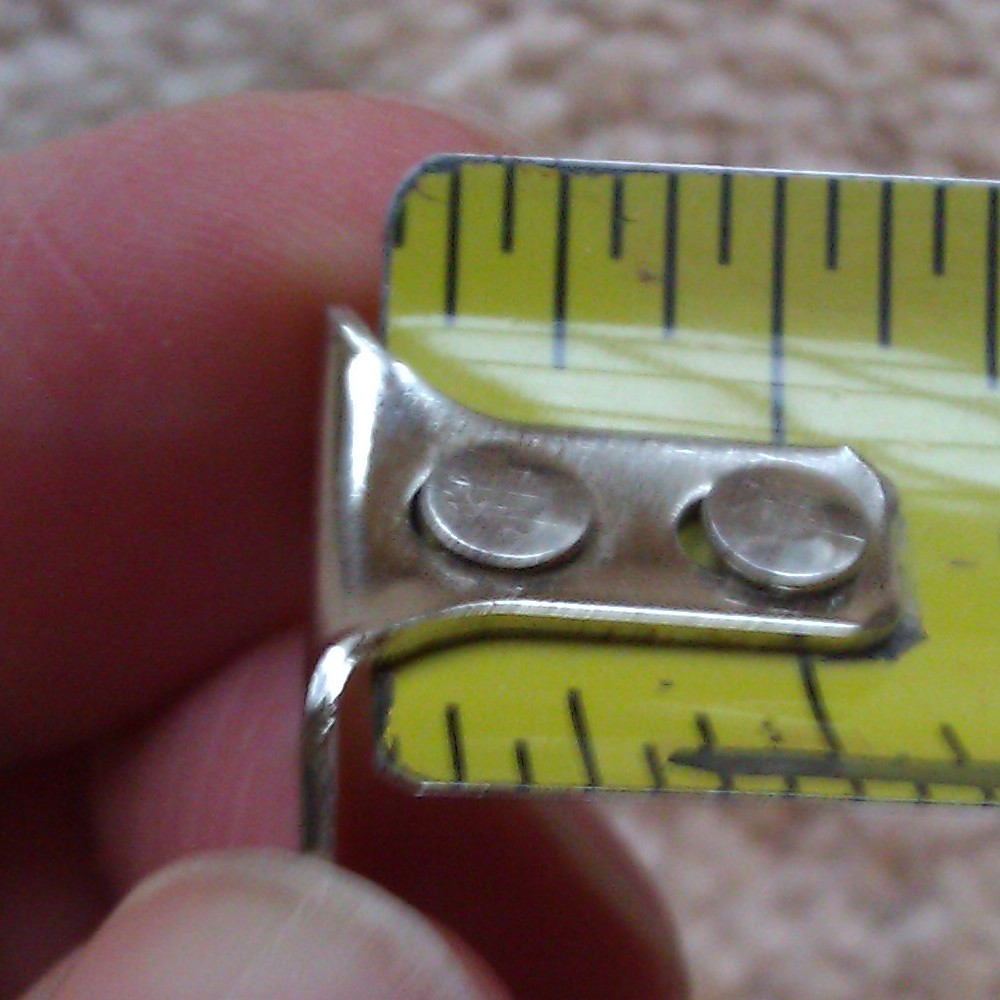




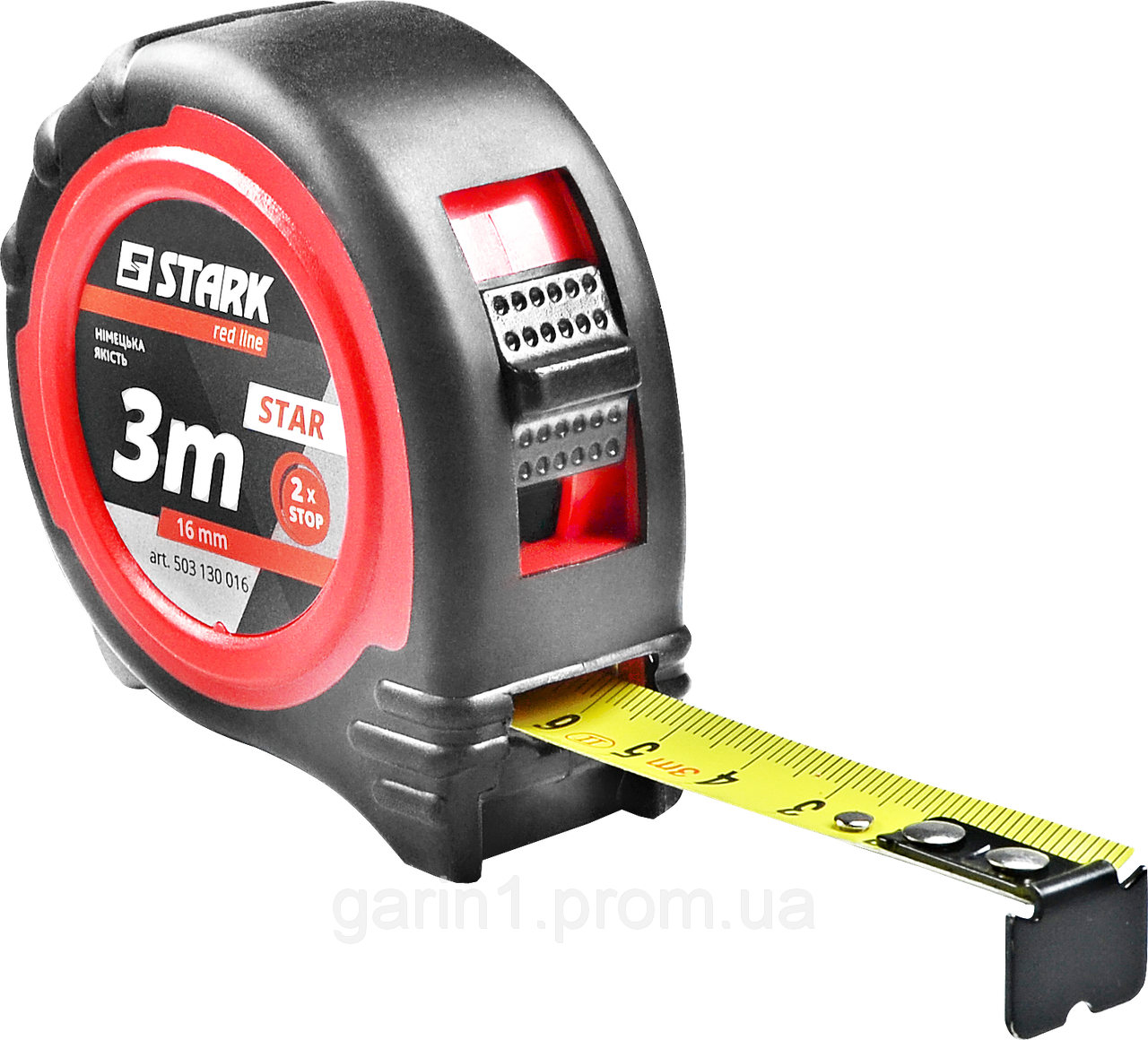
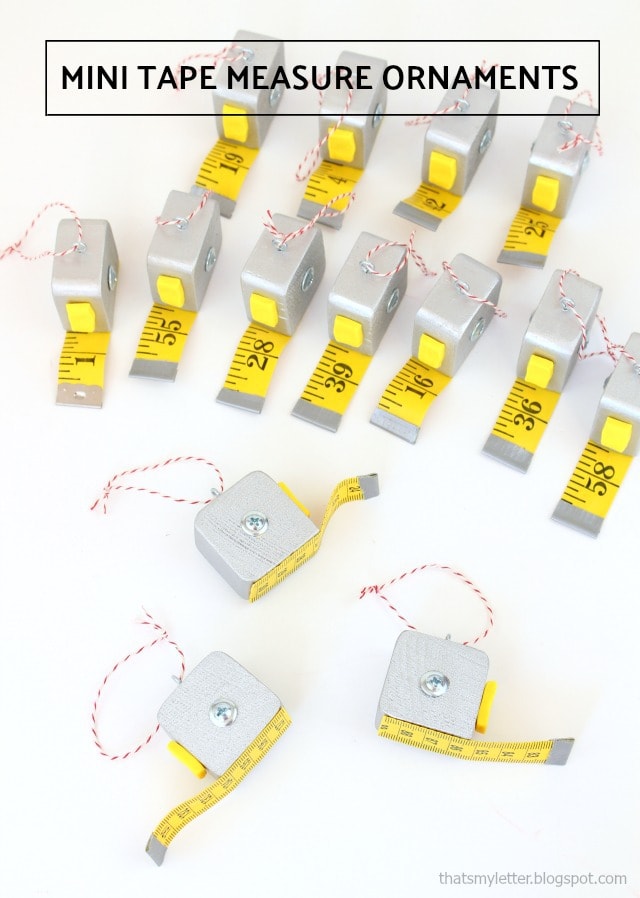


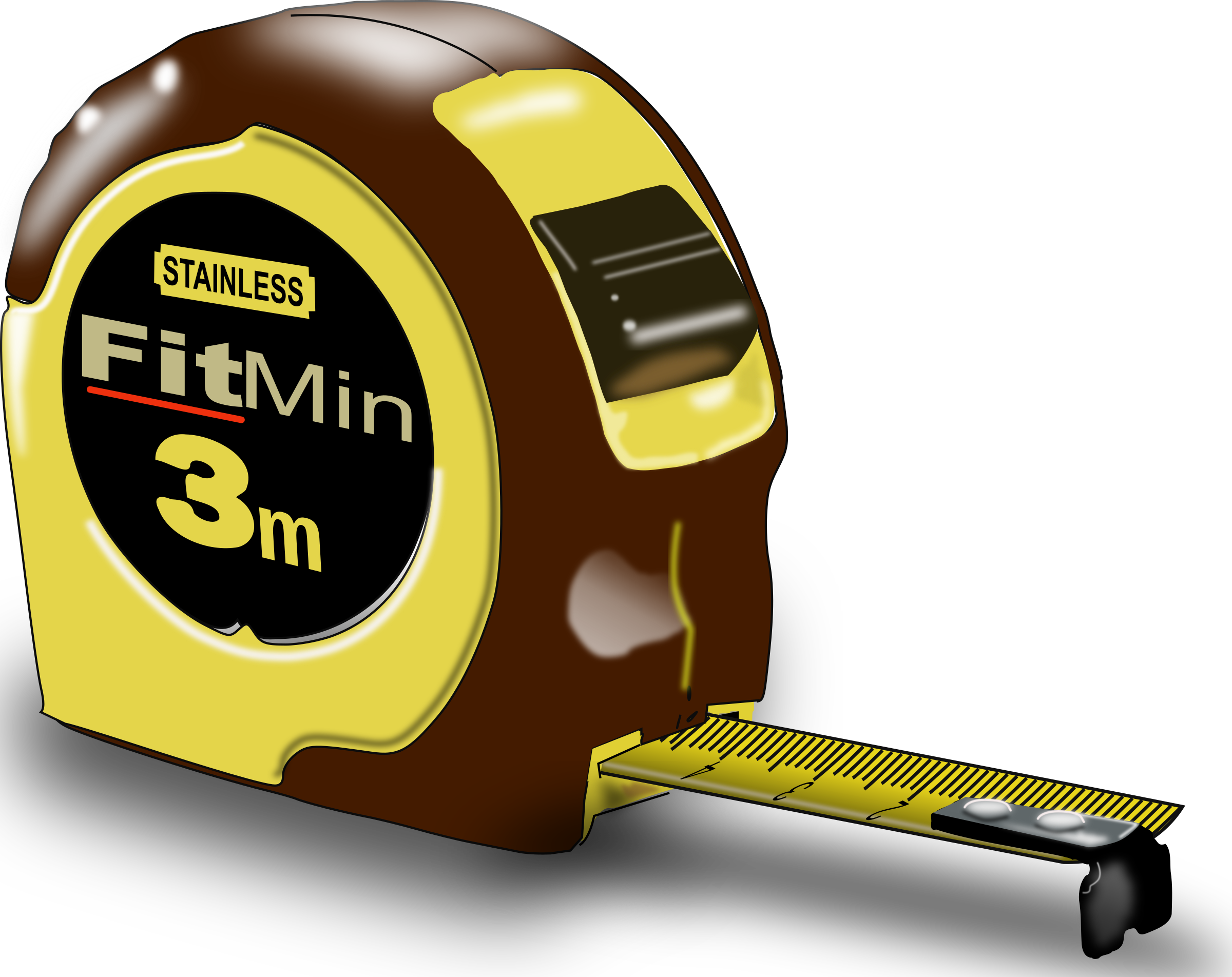
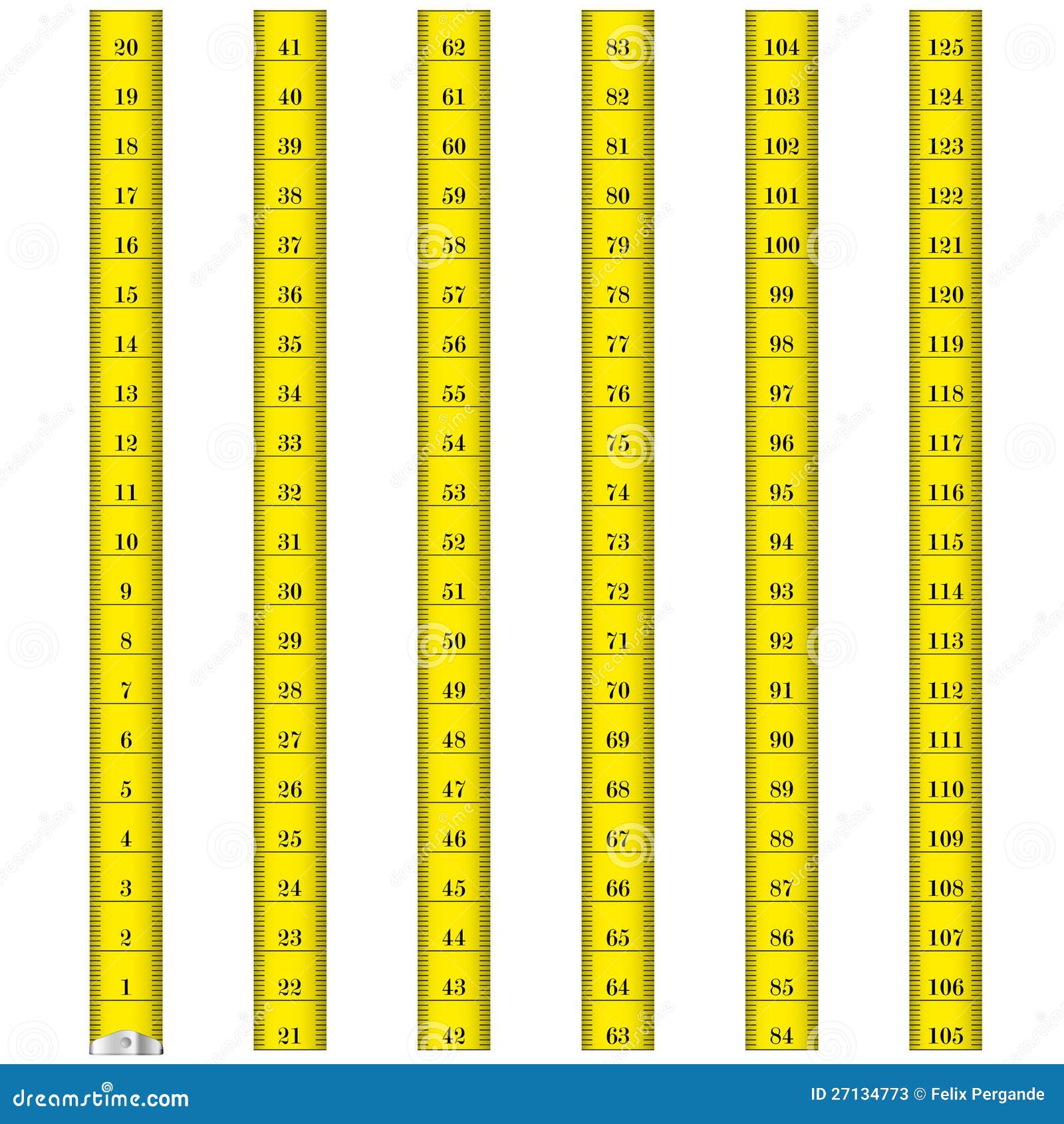




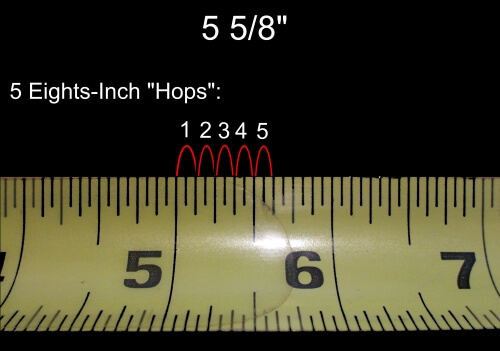
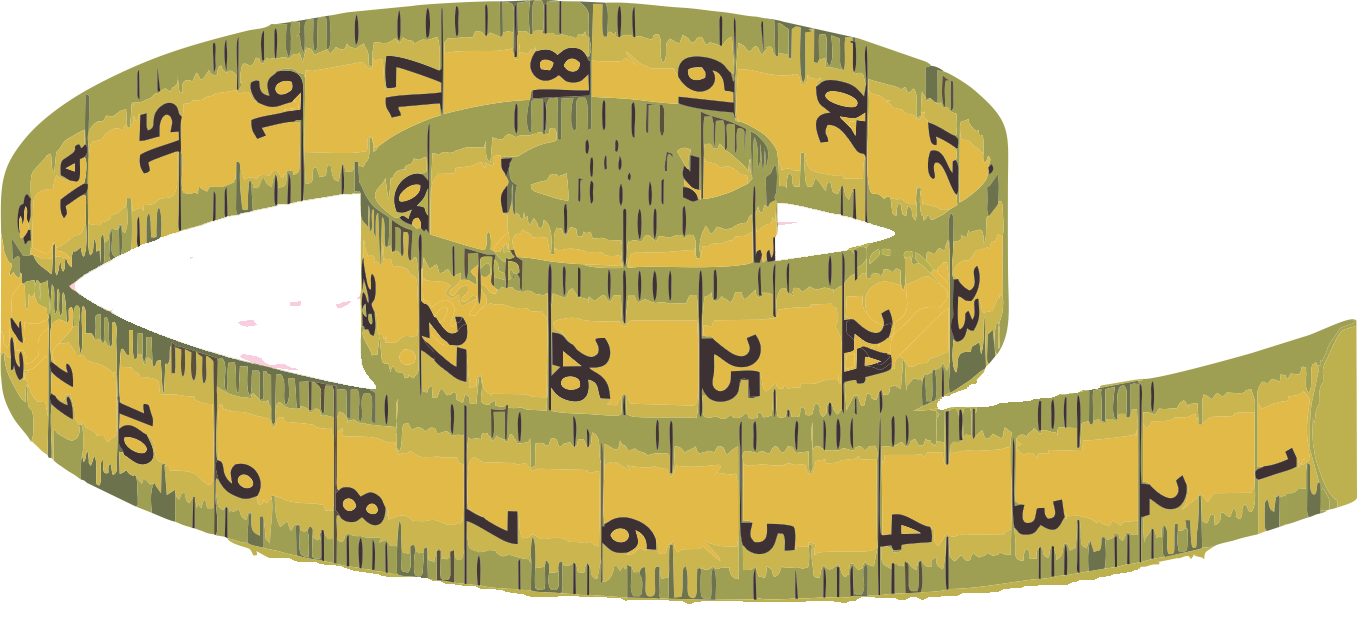



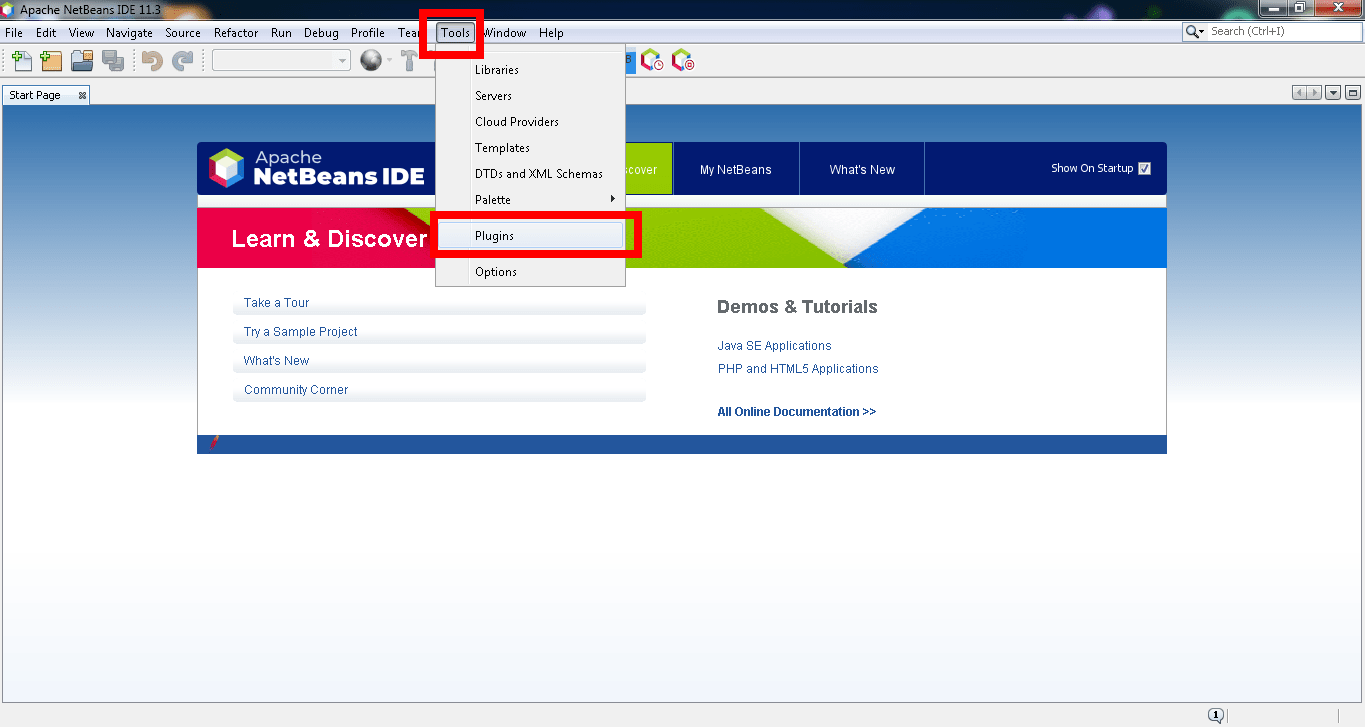
No comments:
Post a Comment
Note: Only a member of this blog may post a comment.